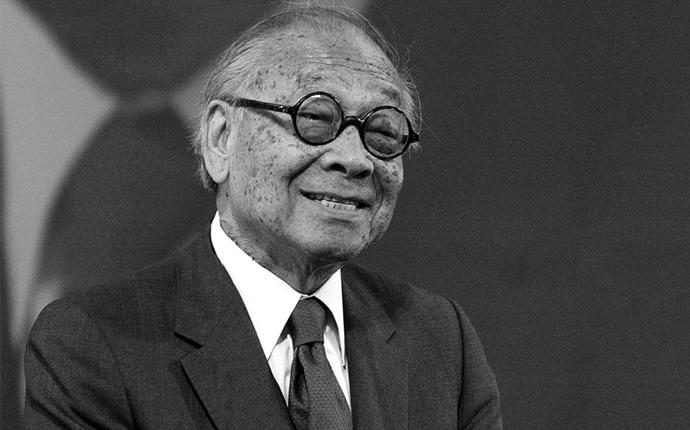I.M. Pei, the architect who began his career designing buildings for William Zeckendorf and went on to bring to life some of the most iconic structures of the 20th Century, including the Louvre pyramid, died early Thursday. He was 102.
Pei emigrated from China to the U.S. in the 1930s and after attending Harvard’s Graduate School of Design worked in-house for Zeckendorf’s firm, Webb & Knapp. He then established his own practice in 1955 but continued to work on projects for Zeckendorf, such as Kips Bay Plaza and Silver Towers.
Over his career, Pei, who received architecture’s top honor, the Pritzker Prize, in 1983, designed globally renowned buildings such as the Museum of Islamic Art in Qatar, the Louvre Museum’s famous glass pyramid and Hong Kong’s Bank of China Tower. In New York, his works included the Javits Convention Center in the 1980s, and, more recently, Century Properties’ luxury condominium, the Centurion.
His other notable works in the U.S. include the East Wing of the National Gallery in Washington, D.C., and the Mesa Laboratory of the National Center for Atmospheric Research in Colorado, among others. Pei also designed the former Creative Artists Agency building in Los Angeles and the Miami Tower, an office tower in downtown Miami.
Pei celebrated his 102nd birthday last month. His firm is now known as Pei Cobb Freed & Partners, and Cobb is the only original founder still living. Two of Pei’s sons are architects and run their own New York City-based firm, Pei Partnership Architects. [NYT] — Erin Hudson
